Downturns Lead to Innovations

The innovations born out of these challenging times not only help societies recover but also redefine the future.
History has repeatedly demonstrated that periods of economic downturn or crisis can often spur creativity and innovation, leading to the emergence of transformative technologies and industries. These times of hardship and resource scarcity push individuals and companies to think differently, adapt to new challenges, and come up with solutions that reshape the world. Below are key examples from different eras that illustrate this trend:
The Panic of 1873 and the Long Depression (1873-1896)
Context:
The Long Depression began with the Panic of 1873, caused by the collapse of the Vienna Stock Exchange, which spread to the United States and beyond. It was characterized by bank failures, deflation, and a series of financial crises across Europe and North America.
Innovations:
- The Telephone (1876): Amid this economic turmoil, Alexander Graham Bell invented the telephone, a revolutionary technology that transformed global communication. While it took time to gain widespread adoption, the telephone eventually became a cornerstone of modern business and social interaction.
- Light Bulb (1879): Thomas Edison’s invention of the incandescent light bulb in 1879 is another example of a breakthrough during a period of economic downturn. Although electricity was initially expensive, it fundamentally changed how industries operated and how people lived, setting the stage for the electrification of homes and factories.
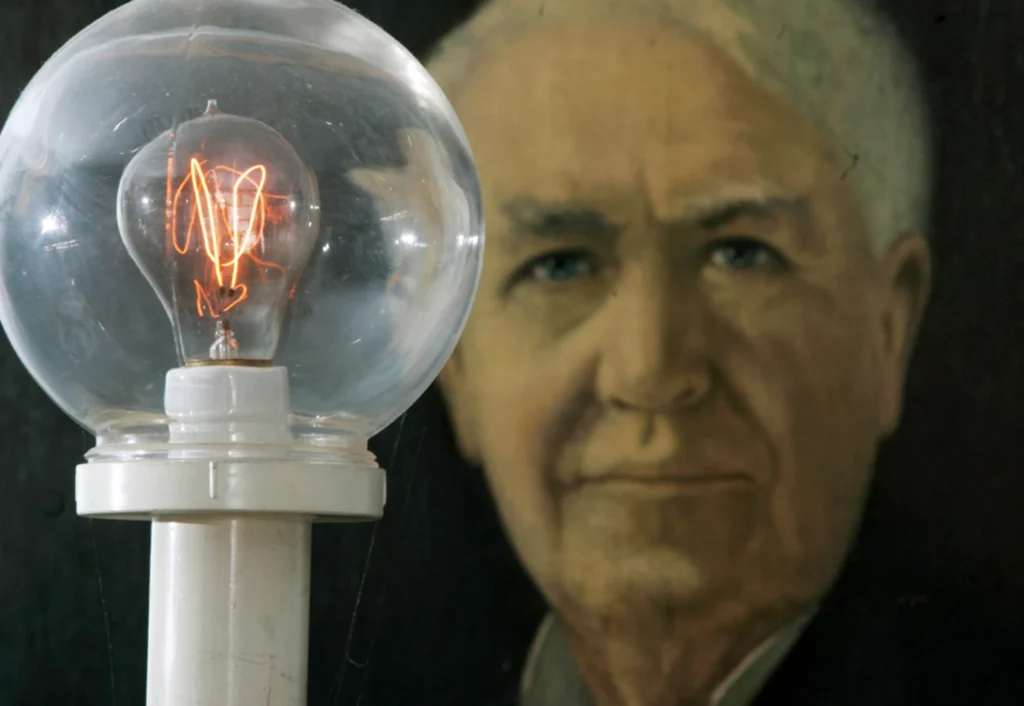

Key Insight:
Despite prolonged economic hardship, these technological advancements emerged, fundamentally reshaping communications and energy consumption for generations.
World War I and Post-War Recession (1914-1921)
Context:
While World War I (1914-1918) was not an economic depression in the traditional sense, the war effort strained global economies. After the war, a deep recession followed as countries struggled with inflation, debt, and re-adjusting to peacetime economies.
Innovations:
- Stainless Steel (1913): Harry Brearley’s invention of stainless steel, just before World War I, gained importance during and after the war. Its corrosion-resistant properties made it ideal for a wide range of applications, from kitchen utensils to industrial machinery.
- Commercial Aviation: World War I spurred advancements in aviation technology, leading to the growth of commercial aviation in the 1920s. Planes used during the war were adapted for civilian use, and airlines like KLM (founded in 1919) and Qantas (founded in 1920) began to take flight, marking the birth of modern air travel.
- Synthetic Materials: The chemical industry saw significant advancements during and after the war. The shortage of natural rubber during the war led to research into synthetic alternatives, contributing to the eventual development of synthetic rubber and other materials like nylon in later years.

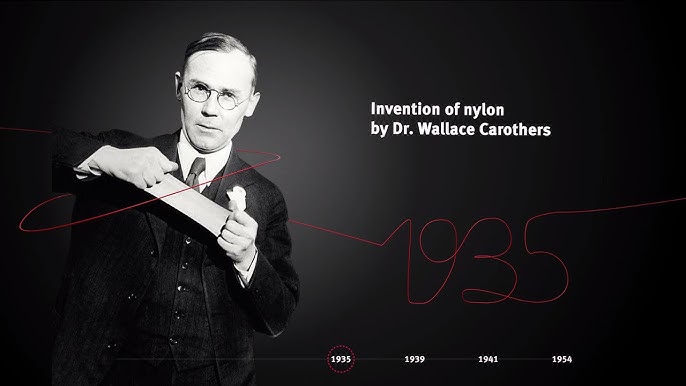
Key Insight:
World War I’s technological demands catalyzed innovation in aviation, materials science, and manufacturing, which carried forward into civilian industries after the war.
The Great Depression (1929-1939):
- Context: The Great Depression was one of the most severe economic crises in modern history, with widespread unemployment, bankruptcies, and social unrest across the globe. Despite—or perhaps because of—these harsh conditions, the period was also marked by significant technological breakthroughs.
Innovations:
- FM Radio: Invented by Edwin Armstrong in 1933, FM radio offered clearer and more reliable sound quality compared to AM radio, which was prevalent at the time. Armstrong’s development revolutionized broadcasting, paving the way for the modern radio industry.
- Electric Guitar: The first electric guitar was designed in 1931 by George Beauchamp, along with Adolph Rickenbacker. This invention gave rise to the modern music industry, particularly rock and roll, which would explode in the coming decades.
- Photocopier: Chester Carlson invented xerography in 1938, which would later be commercialized by Xerox. This technology transformed the office environment, making document duplication easier and more cost-effective.

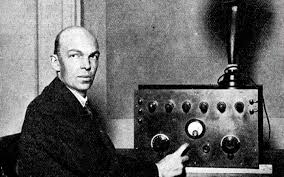
Key Insight: During the Great Depression, people were forced to think of cheaper, more efficient alternatives to existing technologies, which led to inventions that had long-term impact, even beyond the crisis.
World War II and Post-War Reconstruction (1939-1950s)
Context:
World War II (1939-1945) devastated economies across Europe and Asia, but the post-war period, particularly through the Marshall Plan and other reconstruction efforts, marked a period of rebuilding, technological progress, and industrial transformation.
Innovations:
- Nuclear Energy (1942): The Manhattan Project, which developed the first nuclear weapons, also laid the groundwork for the peaceful use of nuclear energy. In 1954, the first nuclear power plant was opened in the Soviet Union, heralding a new era in energy production.
- The Jet Engine (1941): Jet propulsion technology, pioneered during World War II, was a game-changer in aviation. The post-war period saw the rise of commercial jet airlines, with the first commercial jetliner, the de Havilland Comet, taking to the skies in 1952.
- The ENIAC Computer (1945): Developed to help with military calculations during the war, ENIAC (Electronic Numerical Integrator and Computer) became the first general-purpose digital computer. It marked the beginning of the digital age and influenced future developments in computing and technology.
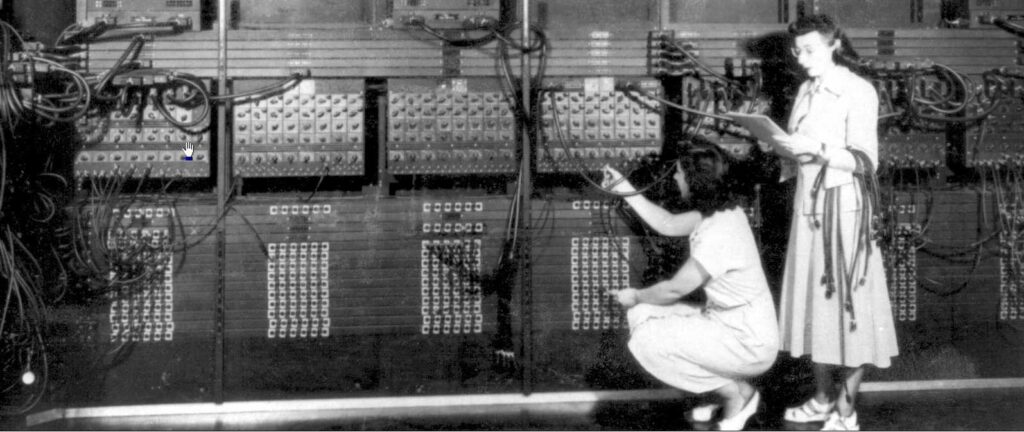
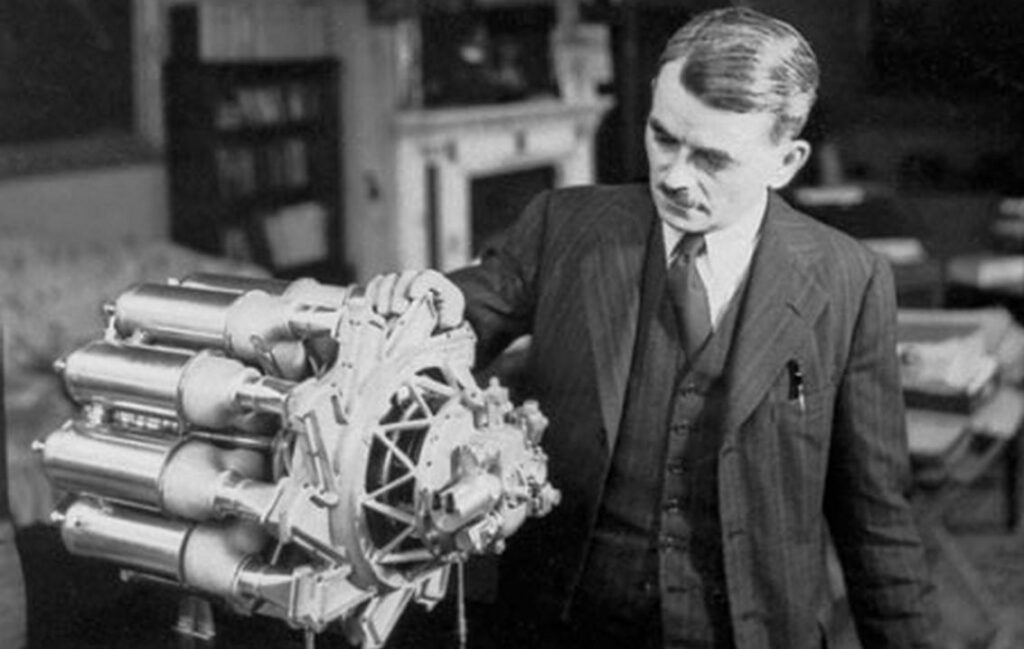
Key Insight:
World War II drove rapid advancements in energy, aviation, and computing technologies that would shape the post-war world and lead to innovations in both civilian and military sectors.
The 1970s Stagflation Era
Context:
The 1970s were marked by an energy crisis, high inflation, and slow economic growth. The oil embargo, rising fuel costs, and economic uncertainty created a challenging environment for many industries.
Innovations:
- The Personal Computer (PC): The development of the personal computer is one of the most important technological achievements of the 1970s. In 1976, Steve Jobs and Steve Wozniak co-founded Apple and launched the Apple I. IBM introduced its first personal computer in 1981. The PC revolutionized how individuals and businesses used technology, marking the beginning of the digital age.
- The Computer Mouse: Douglas Engelbart invented the first computer mouse in 1968, but it wasn’t widely used until the 1970s when it became a standard input device for personal computers.
- The Barcode: Invented in 1974 by George Laurer, the barcode became a ubiquitous tool for inventory management, retail, and logistics. Its introduction made tracking and scanning items more efficient, revolutionizing supply chain management.


Key Insight:
The 1970s pushed engineers and inventors to create devices and systems that would drive efficiency and productivity. Despite economic difficulties, these innovations laid the foundation for the information technology revolution that would follow in the 1980s and 1990s.
The Dot-Com Bust (2000-2002)
Context:
The late 1990s saw a boom in internet-based companies, often referred to as the “dot-com bubble.” In 2000, the bubble burst, causing widespread bankruptcies, a significant stock market crash, and an overall downturn in the technology sector.
Innovations:
- Broadband and Fiber Optic Networks: As companies invested in internet infrastructure during the boom, this laid the foundation for faster, more reliable broadband networks. After the bust, broadband usage surged, becoming a staple of modern communication.
- E-Commerce Giants: While many internet companies failed during the dot-com bust, several survived and thrived, notably Amazon and eBay. They used the downturn to fine-tune their business models, making online shopping more reliable, secure, and accessible, setting the stage for the e-commerce explosion in the years to follow.
- Cloud Computing: The early 2000s saw the emergence of cloud computing, with companies like Amazon Web Services (AWS) starting in 2002. As businesses sought more cost-efficient ways to manage data and operations in the post-dot-com economy, cloud computing became increasingly important and continues to revolutionize IT infrastructure today.
Key Insight:
While the dot-com bust wiped out many tech companies, it also catalyzed innovations in infrastructure, cloud computing, and the rise of resilient e-commerce businesses.
The 2008 Financial Crash
- Context: The global financial crisis of 2008, sparked by the collapse of Lehman Brothers and the housing market crash, led to a deep global recession. Unemployment soared, credit markets froze, and businesses struggled to survive. Yet, the financial crash also set the stage for innovations that have dramatically reshaped the modern economy.
Innovations:
- Gig Economy: Companies like Uber (founded in 2009) and Airbnb (founded in 2008) emerged during the aftermath of the financial crisis, giving rise to the gig economy. These platforms allowed individuals to become part-time workers, providing services on demand and helped redefine the nature of employment. As traditional jobs became scarce, many turned to gig work for financial survival.
- Fintech: The 2008 financial crash exposed weaknesses in the traditional banking system, giving rise to fintech companies offering alternative financial services. Companies like Square (2009) and Stripe (2010) democratized access to payment systems for small businesses. Peer-to-peer lending platforms like LendingClub (founded in 2006, but growing rapidly post-crash) and cryptocurrency exchanges also gained traction during this time.
- Cryptocurrency and Blockchain: In response to the global financial meltdown, Bitcoin was created by an anonymous entity known as Satoshi Nakamoto in 2008. Bitcoin was born out of a distrust of central banks and traditional financial systems. It introduced the world to decentralized currencies, and blockchain technology became a foundation for various applications, including smart contracts and decentralized finance (DeFi).


Key Insight:
The 2008 crisis sparked a shift towards decentralized and digital solutions, particularly in financial services and the labour market. The emergence of the gig economy and cryptocurrencies has reshaped industries in ways that might not have been possible without the disillusionment with traditional systems that came from the financial crash.
COVID-19 Pandemic (2020-Present)
Context:
The COVID-19 pandemic caused an unprecedented global health and economic crisis, with industries disrupted by lockdowns, supply chain issues, and changing consumer behaviours.
Innovations:
- Remote Work Technologies: The pandemic rapidly accelerated the adoption of remote work technologies, with companies like Zoom, Microsoft Teams, and Slack becoming household names. These tools have reshaped the future of work, making remote and hybrid work models permanent fixtures in many industries.
- Telemedicine: The healthcare industry saw a massive shift toward telemedicine during the pandemic. Companies grew rapidly, with millions of people seeking virtual healthcare options, a trend that is likely to continue post-pandemic.
- Vaccine Development: Perhaps the most groundbreaking innovation of the pandemic was the rapid development of mRNA vaccines by companies like Pfizer-BioNTech and Moderna and Covaxin. These vaccines were developed in record time and have set the stage for future advancements in medical science and treatment approaches.
- E-Commerce Growth: The pandemic led to a significant shift in consumer behaviour, with a dramatic increase in online shopping. Companies like Shopify, Amazon, and Instacart saw massive growth as consumers turned to e-commerce for everyday needs. Apart from this many D2C brands in India grew multifold

Key Insight:
The COVID-19 pandemic, while devastating, has accelerated the adoption of digital technologies, reshaped industries like healthcare and retail, and spurred innovations in biotechnology.
Conclusion
Periods of economic downturn often force both individuals and organizations to find new ways to innovate, adapt, and survive. These crises push the boundaries of conventional thinking and lead to disruptive technologies that change industries and society as a whole. From the Great Depression to the 2008 financial crisis, downturns have served as incubators for some of the most groundbreaking innovations in modern history.
These examples remind us that creativity thrives when resources are scarce, and necessity often becomes the mother of invention. The innovations born out of these challenging times not only help societies recover but also redefine the future, often leading to the next wave of economic and technological growth.




1 Comment